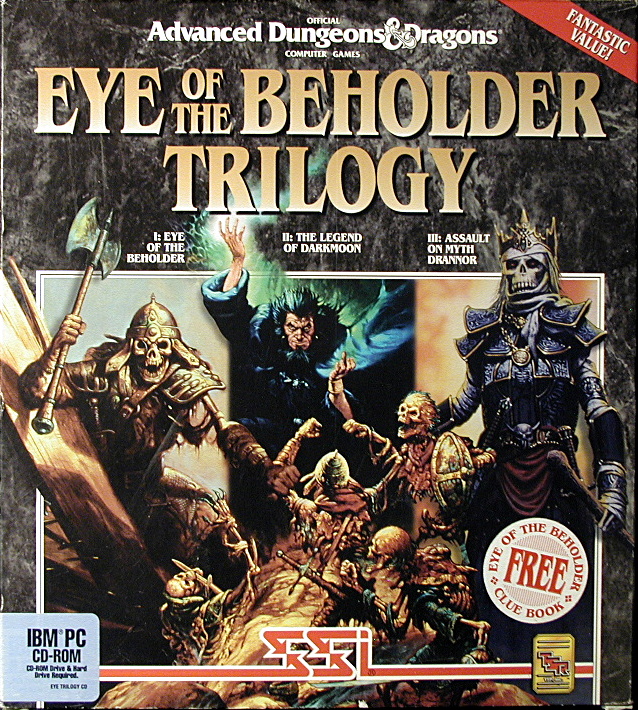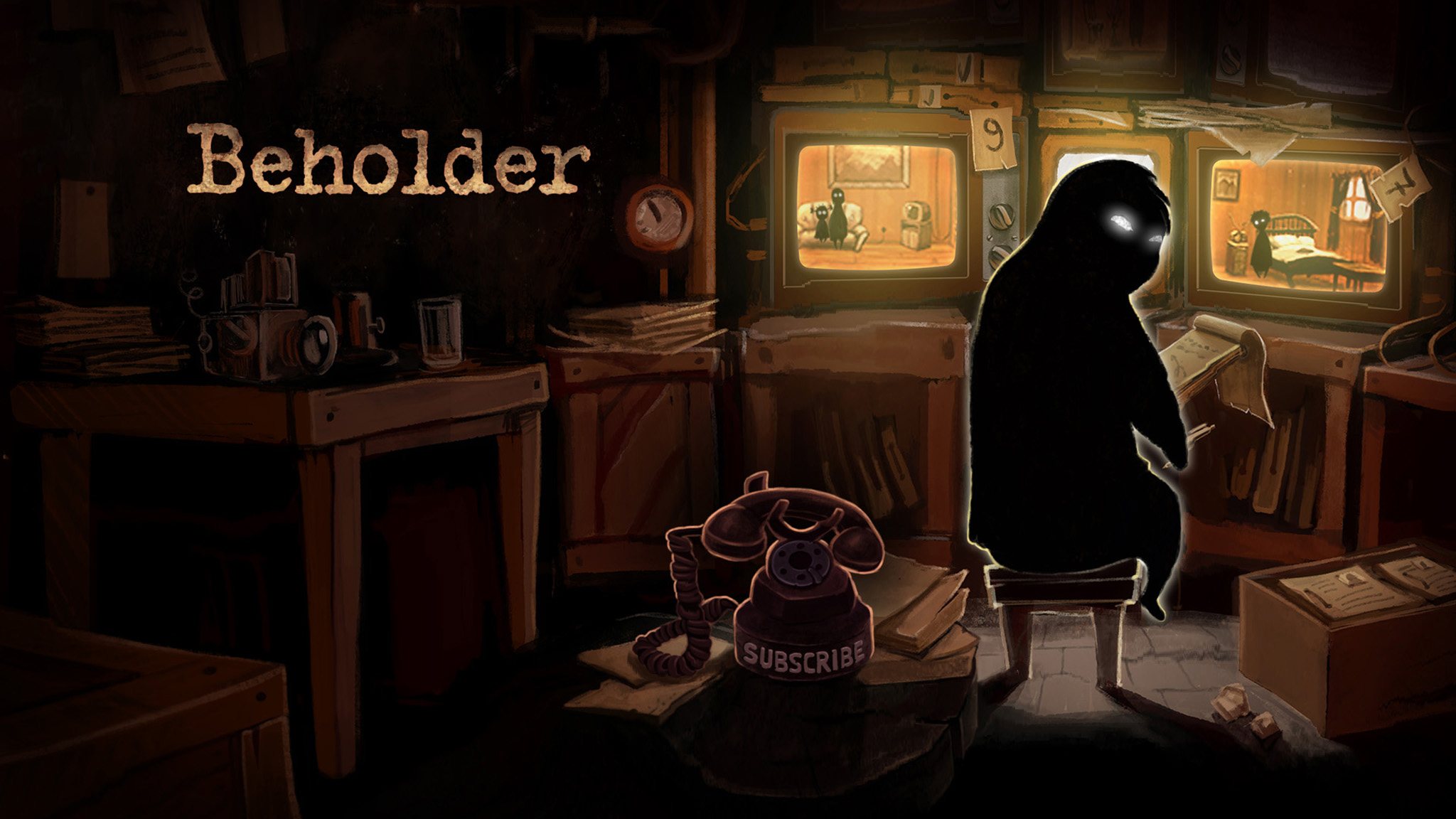


#The beholder series
The writer recounts an increasingly charged series of trysts in which he and the young woman create a heady otherworld, where there are no husbands and no limits, where uninhibited lovers may discard the deepest taboos. The light acquaintance soon turns darkly erotic. They have much in common, the aunt suggests. The niece is young, married, and beautiful, an art historian who wants to write. Can he meet with the niece?" He is a writer, middle-aged, thoughtful, engaged in a project that involves observing and describing the female form. Learn more here.A sophisticated, taboo-breaking novel of the sexual obsession of an older man and a young married woman, in the long-awaited return of an acclaimed novelist. ASBA has a Vision Plan that covers everything from checkups to new eyewear and prescription lenses and more. Seeing loved ones in a special way is healthy, but making sure your vision stays healthy with regular check-ups is important.


It is this matter of perception that allows for differences in opinion and grants us the ability to see and appreciate things that others may overlook. This subjective nature of beauty applies in all areas of our lives: from art, literature, music, and, of course, love. In the 1878 novel Molly Bawn, there’s the line “It is an old axiom, and well said, that “beauty is in the eye of the beholder”. Hungerford wrote many books, often under the pseudonym of ‘The Duchess’. Margaret Wolfe Hungerford (née Hamilton) is widely credited with coining the saying in its current form. The modern-day version of the expression is believed to have first appeared in English in the 19th century. “Beauty in things exists merely in the mind which contemplates them.” Not utter’d by base sale of chapmen’s tongues”Įven Founding Father Benjamin Franklin paralleled the sentiment in Poor Richard’s Almanack, 1741, writing:Īnd, just a year later, David Hume penned: “Beauty is bought by judgement of the eye, “…as neere is Fancie to Beautie, as the pricke to the Rose, as the stalke to the rynde, as the earth to the roote.”Ī similar sentiment was eloquently expressed by Shakespeare in Love’s Labor Lost: One example is found in English playwright John Lyly’s late 16 th century play, Euphues and his England: On the side of beauty being a subjective matter, many expressed sentiments similar to Plato, and plenty of variations on his statement followed. Philosophers continued to grapple with the question of the question whether beauty was objective or subjective for centuries. So, a thing beautiful for one might not be beautiful for the other. According to Plato, the sense of beauty is itself transient in nature. The concept that each individual has a different inclination of what is beautiful first appeared in the 3rd century BC in Greek. What’s the origin of the phrase ‘Beauty is in the eye of the beholder’? So what one person perceives as flawless and captivating might be ordinary or unappealing to another. ‘Beauty in the eye of the beholder’ has a literal meaning: that the perception of beauty is subjective – people can have differing opinions on what is beautiful. But where did the saying “Beauty is in the eye of the beholder” originate? It’s one of the most universally celebrated phrases about the nature of love and appreciation. One of the most universally celebrated phrases about the nature of love and appreciation is “Beauty is in the eye of the beholder”. With Valentine’s Day coming up, we often turn our gaze to our loved ones.


 0 kommentar(er)
0 kommentar(er)
